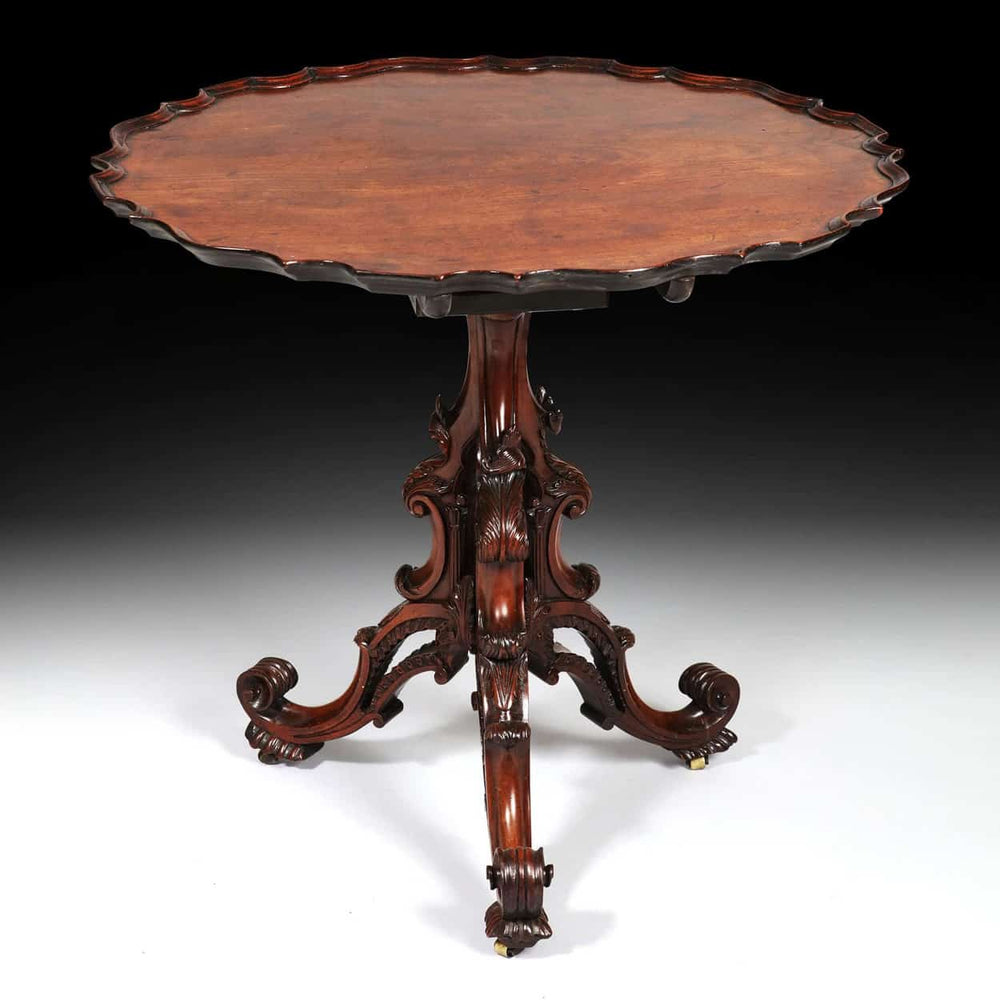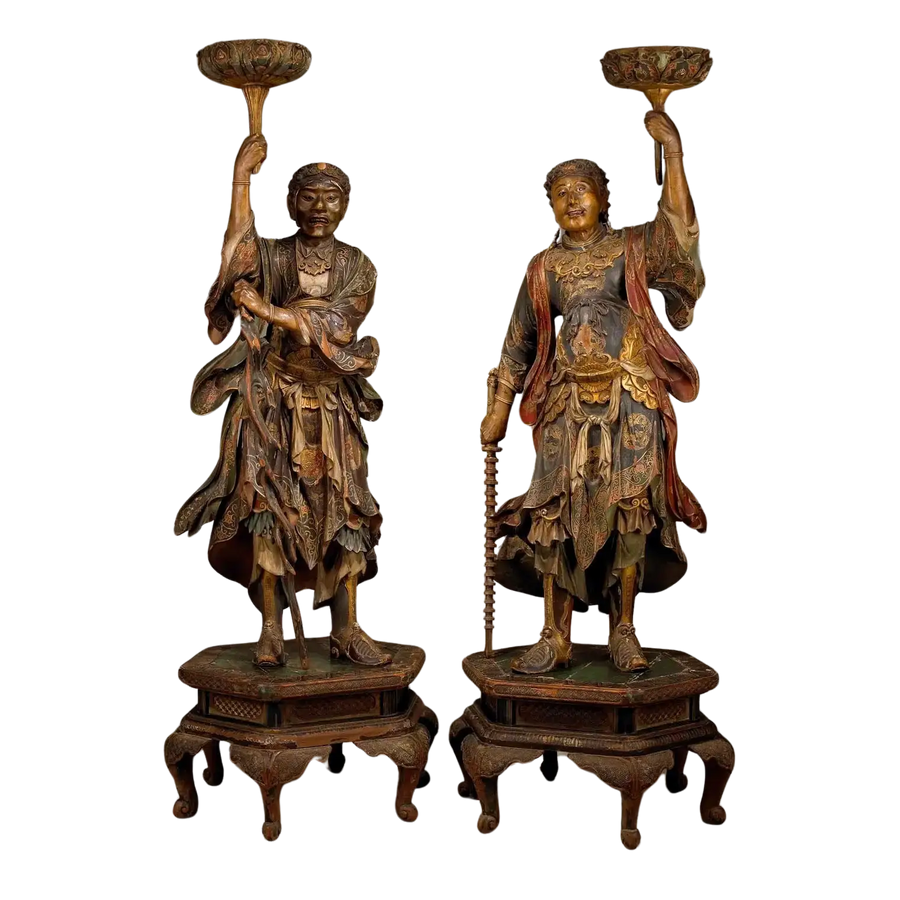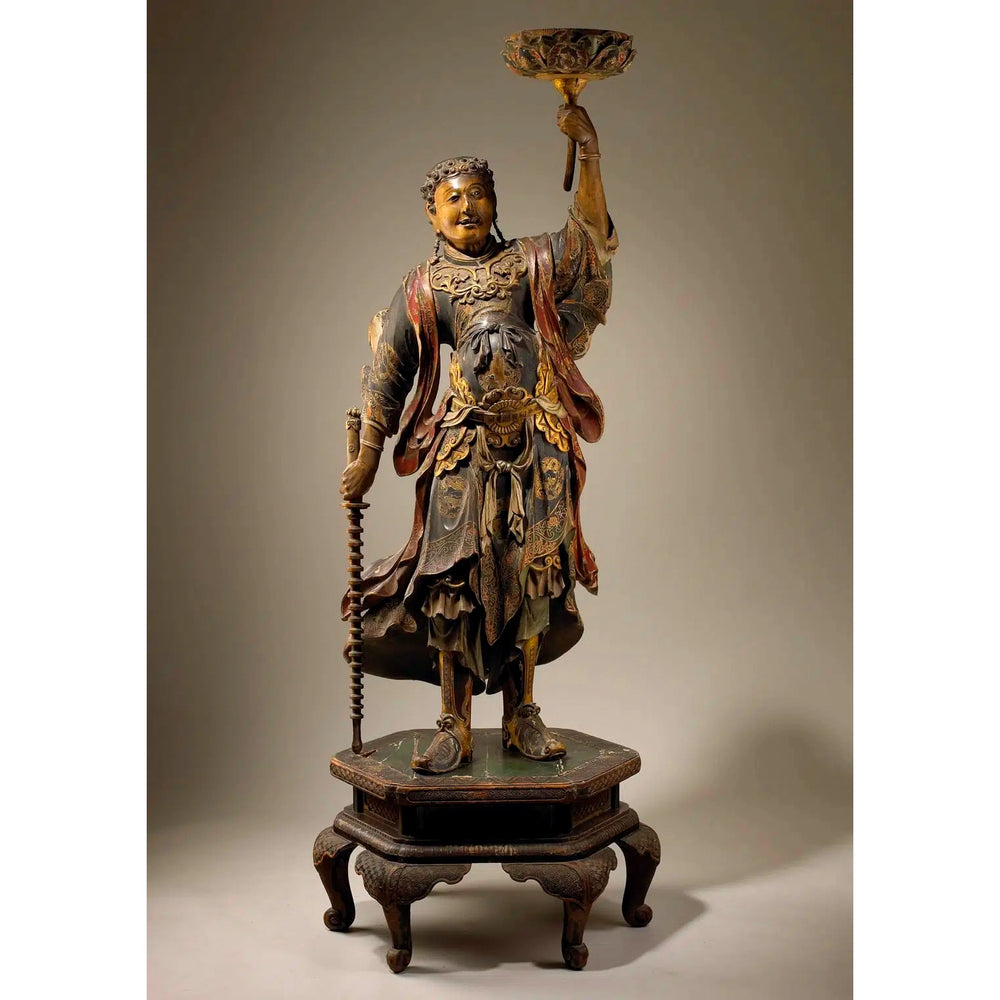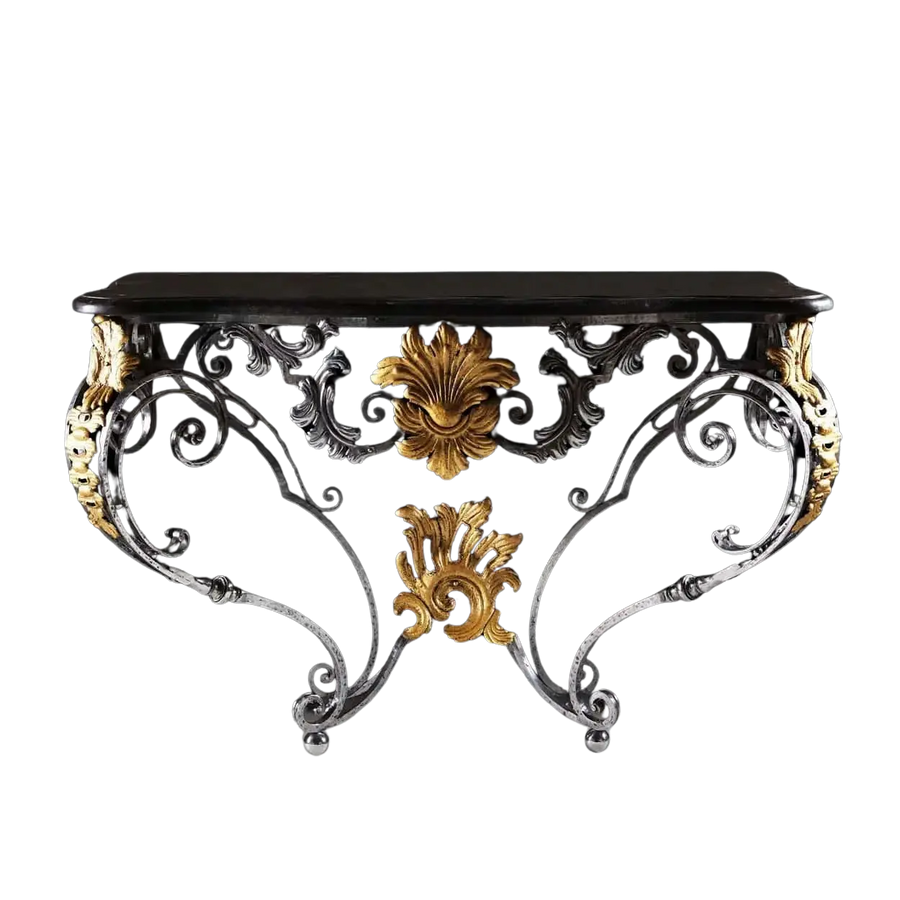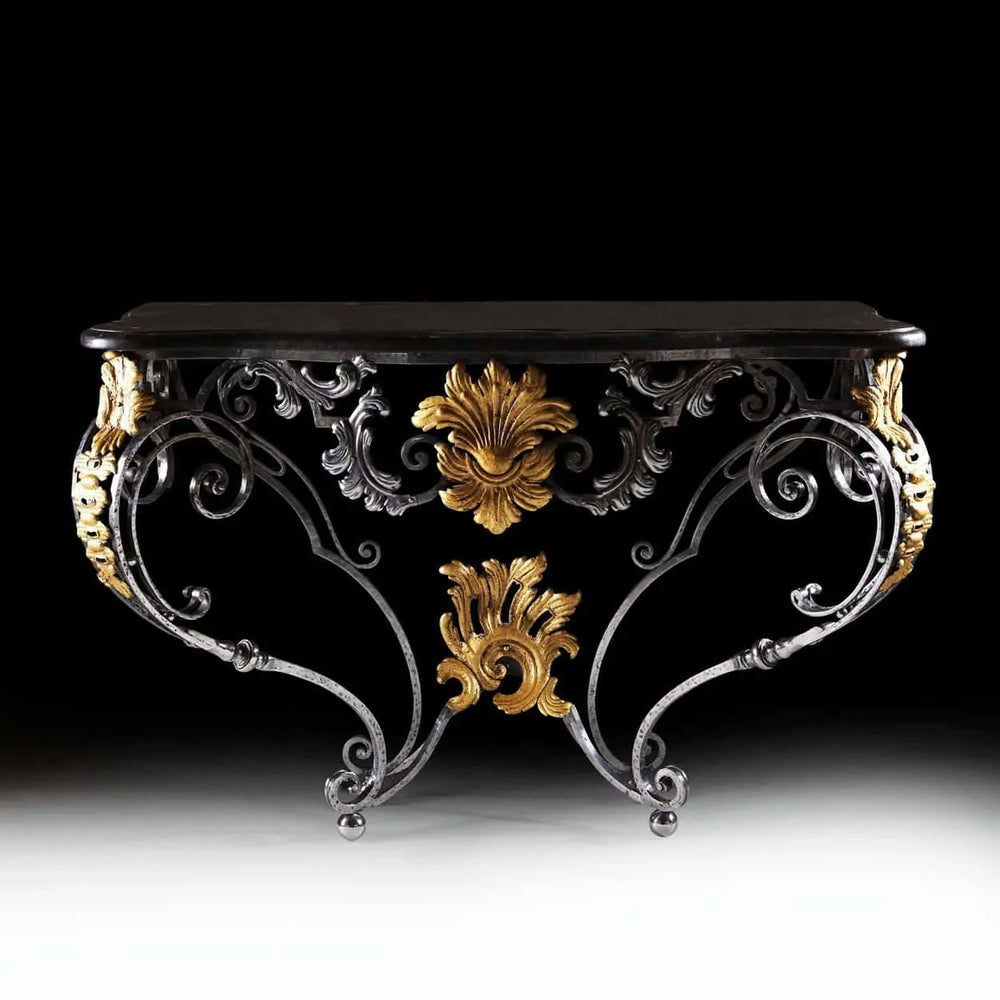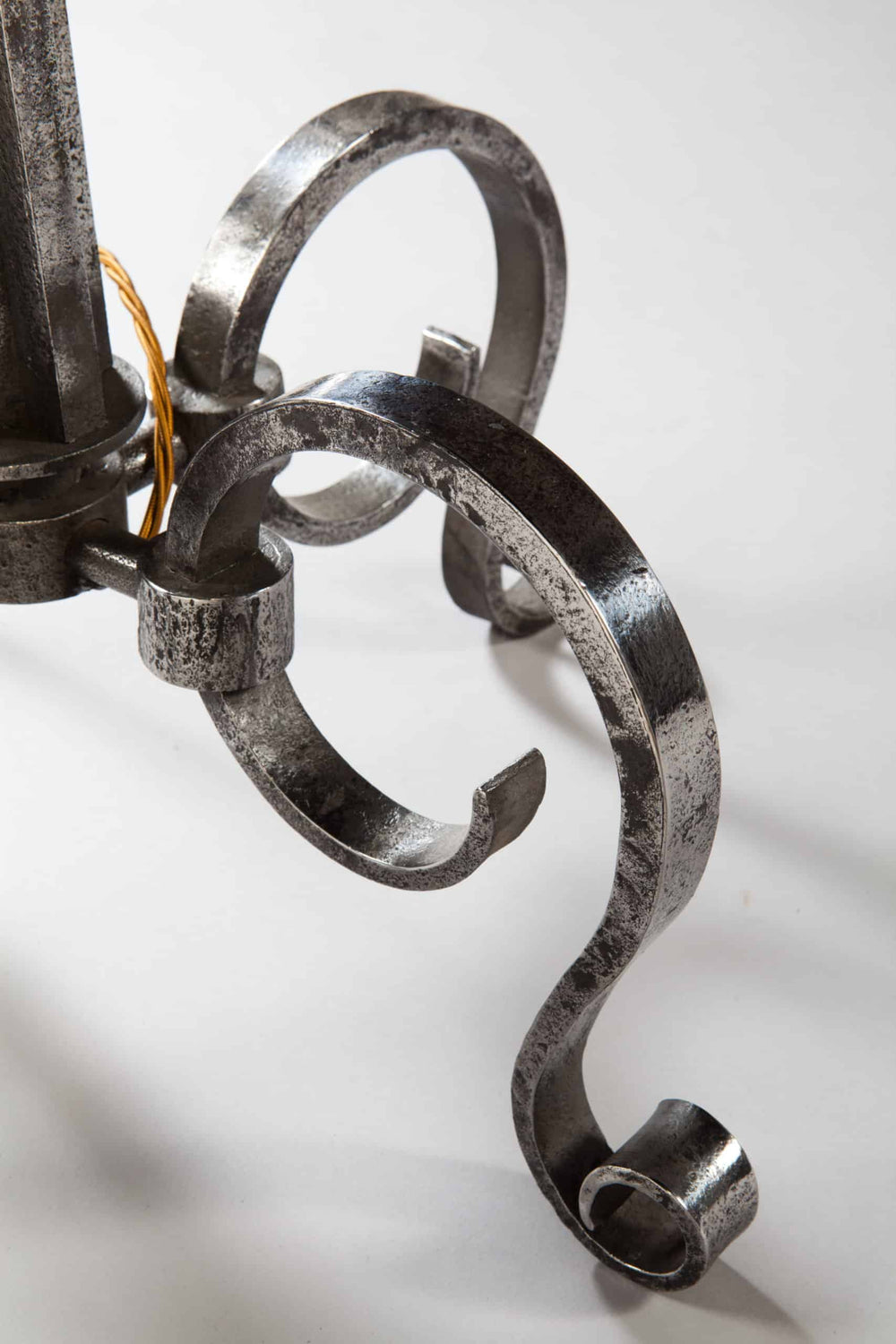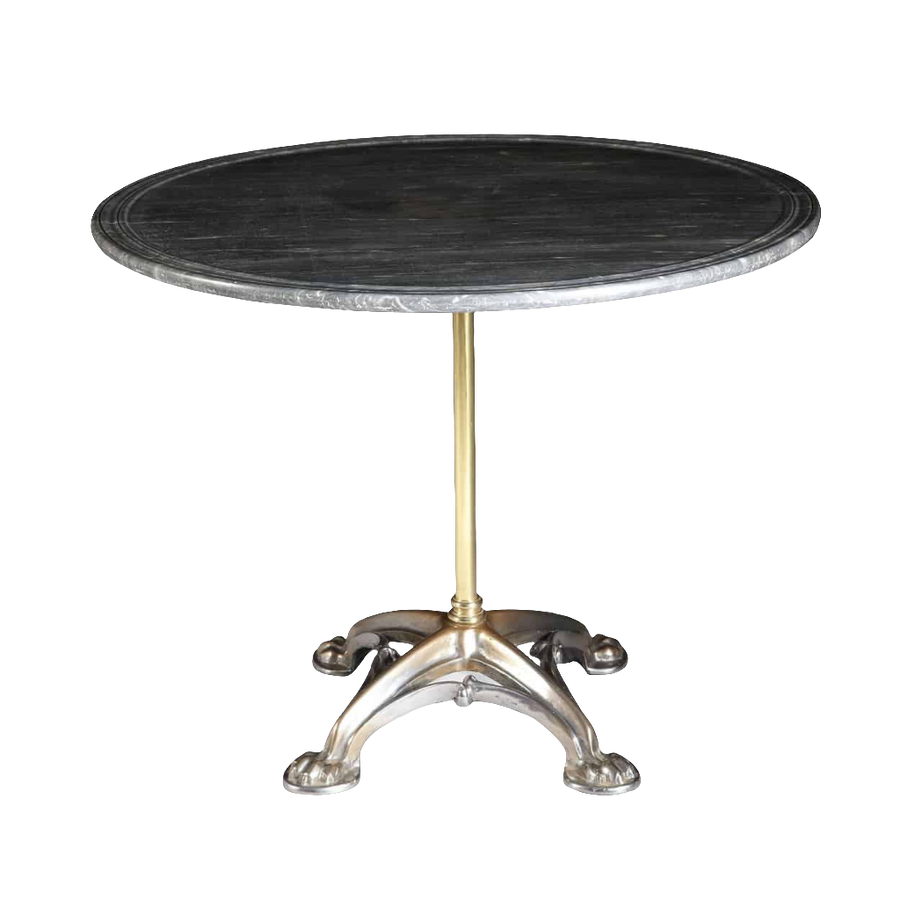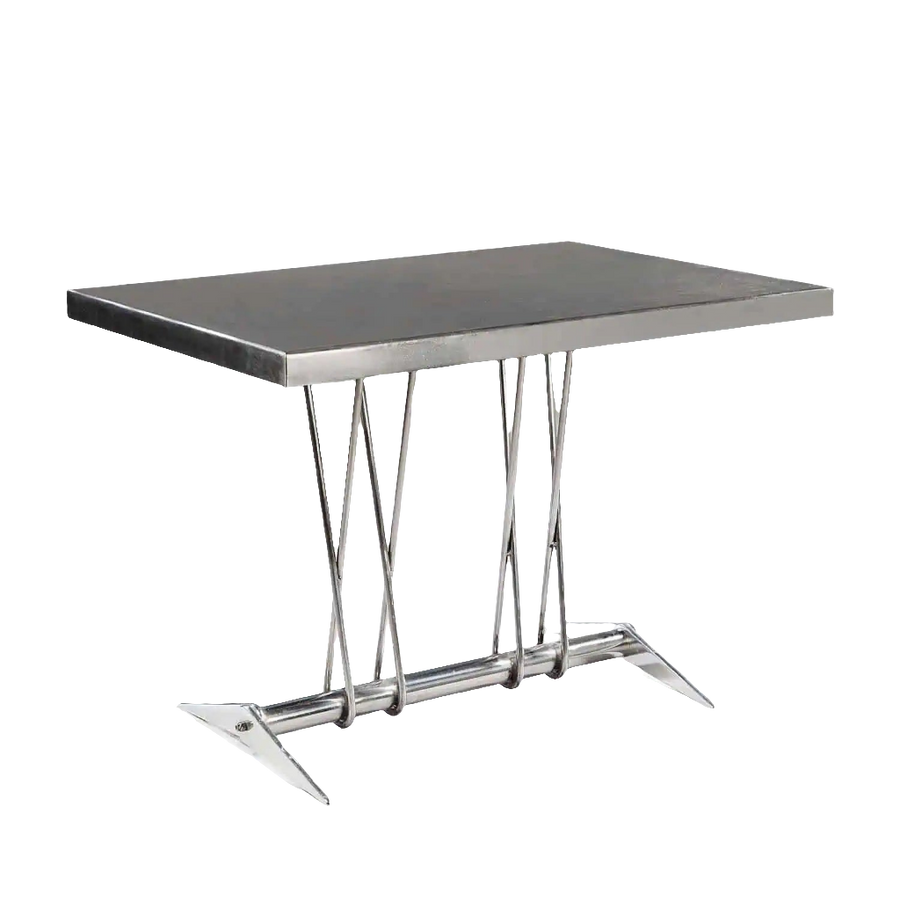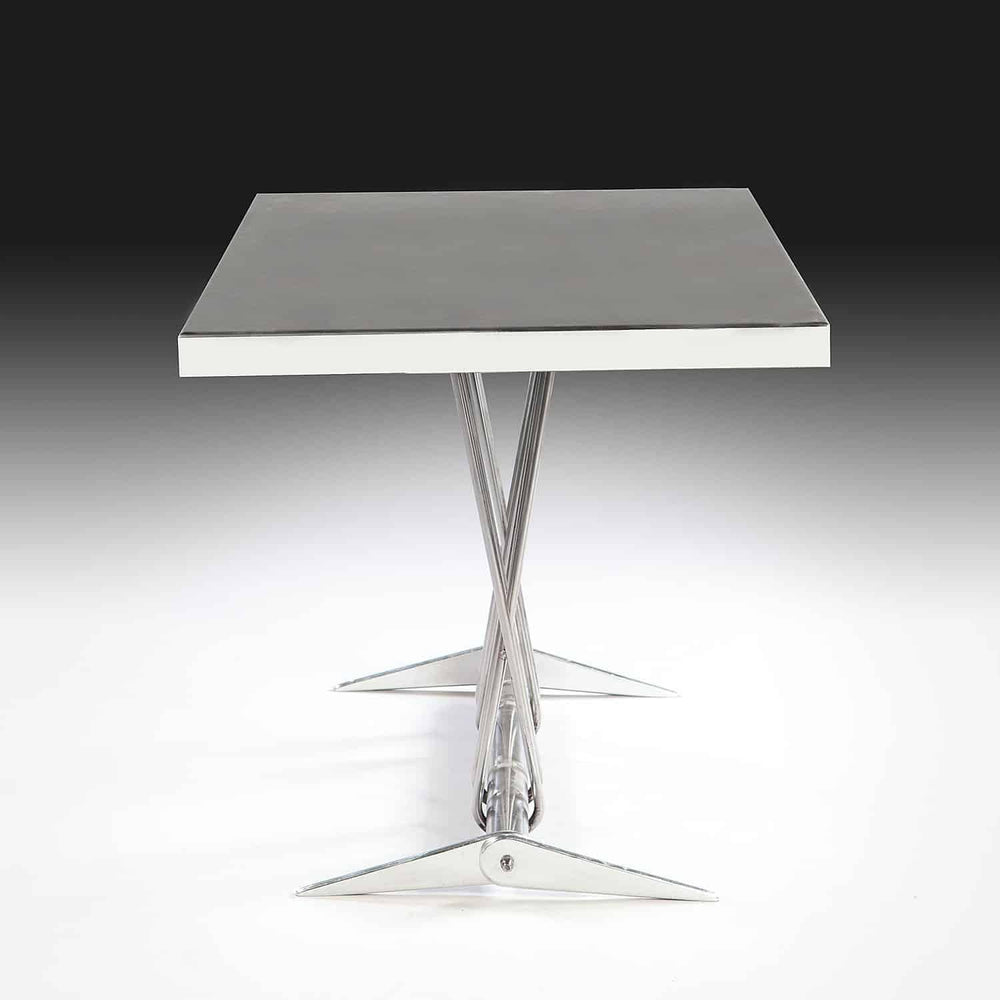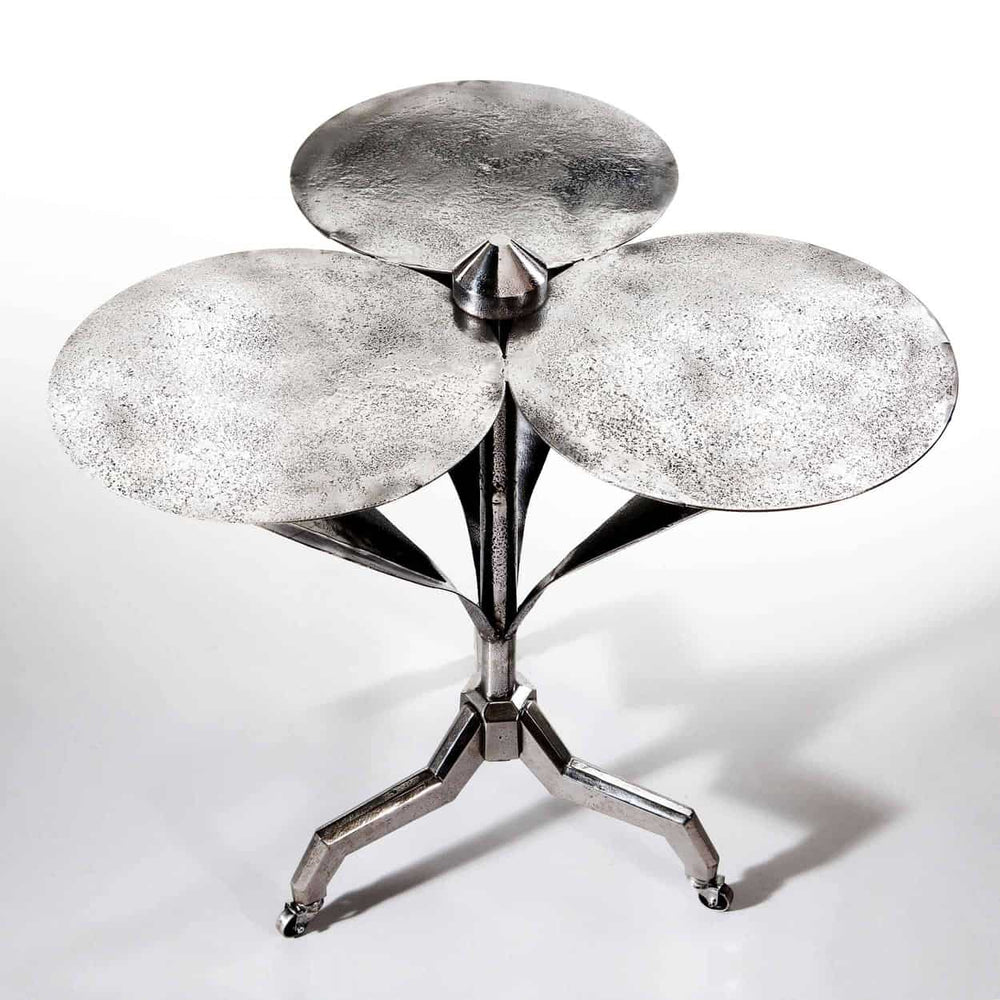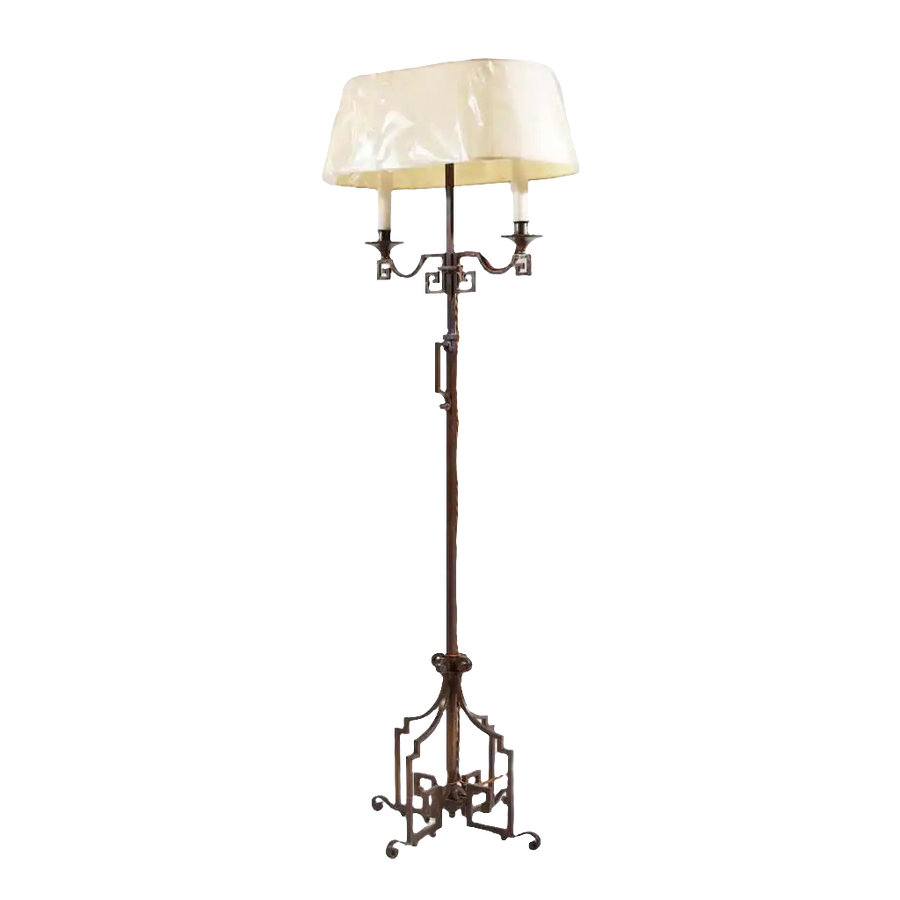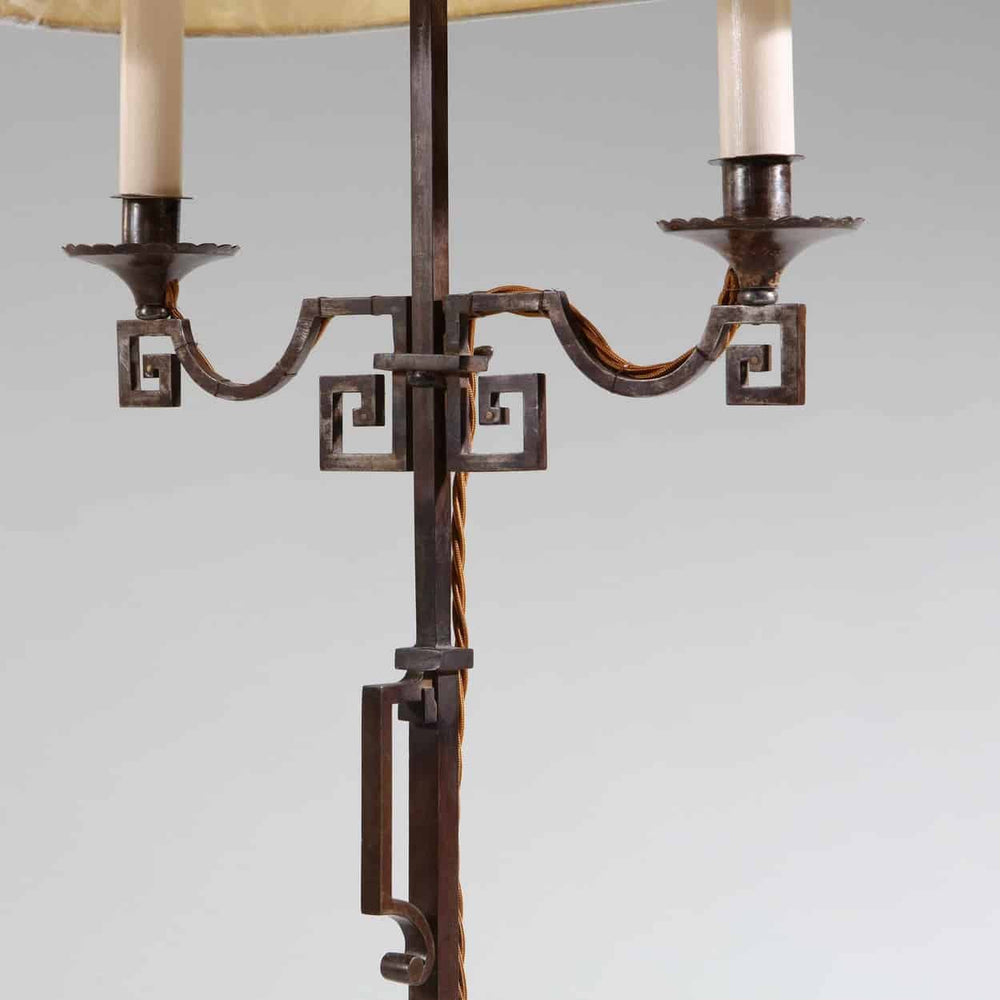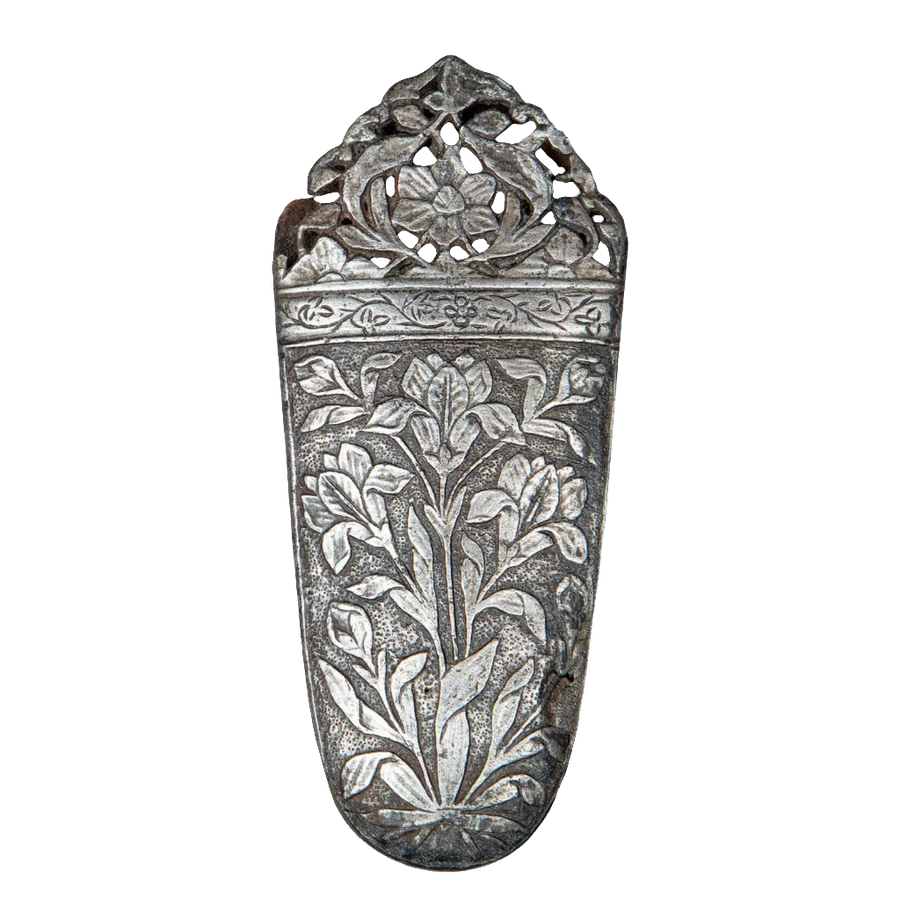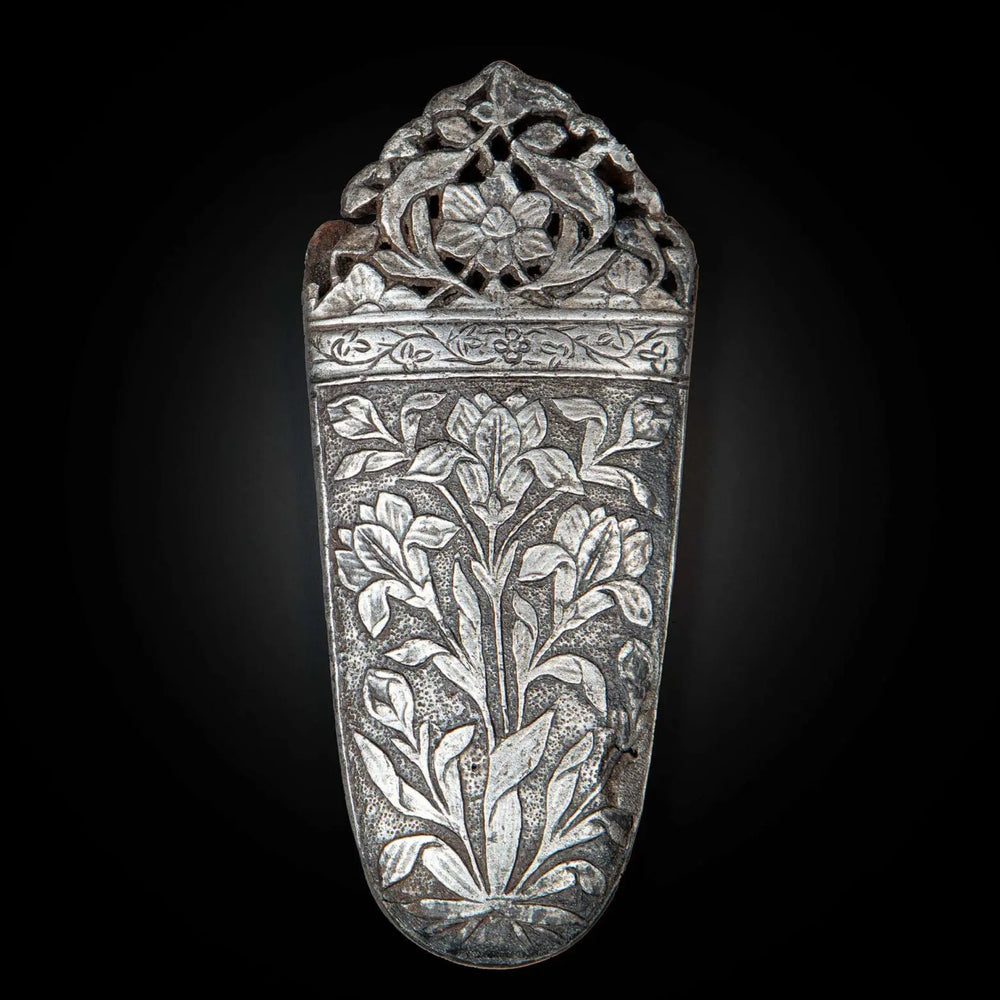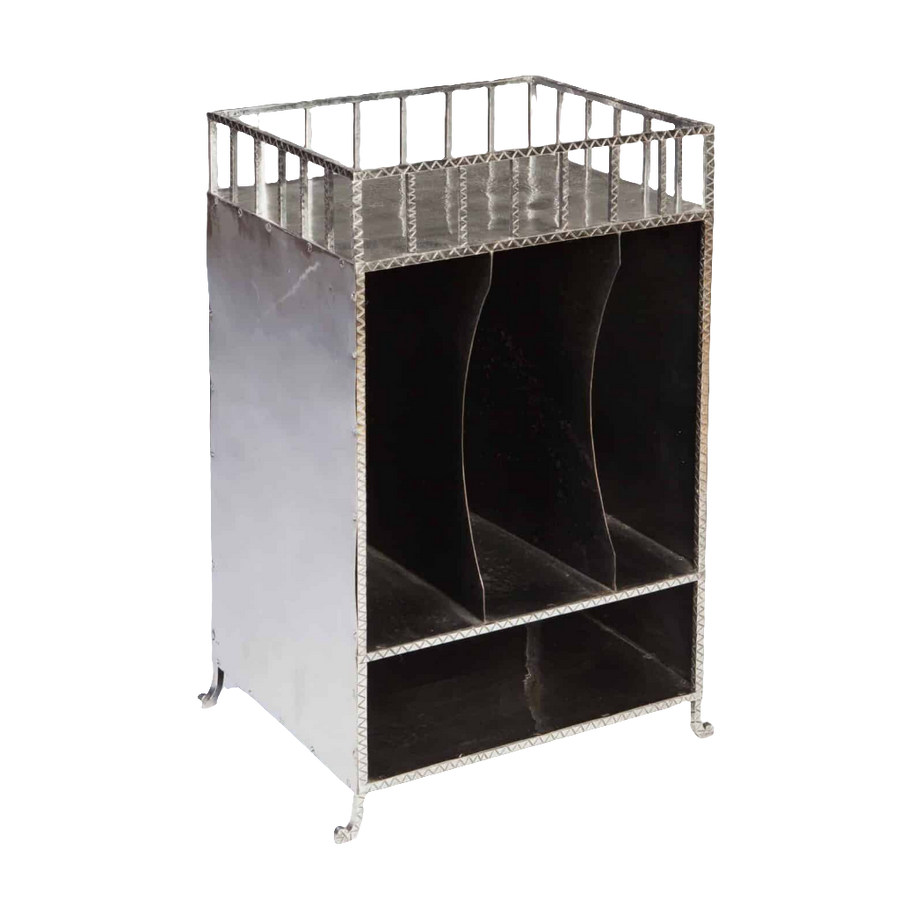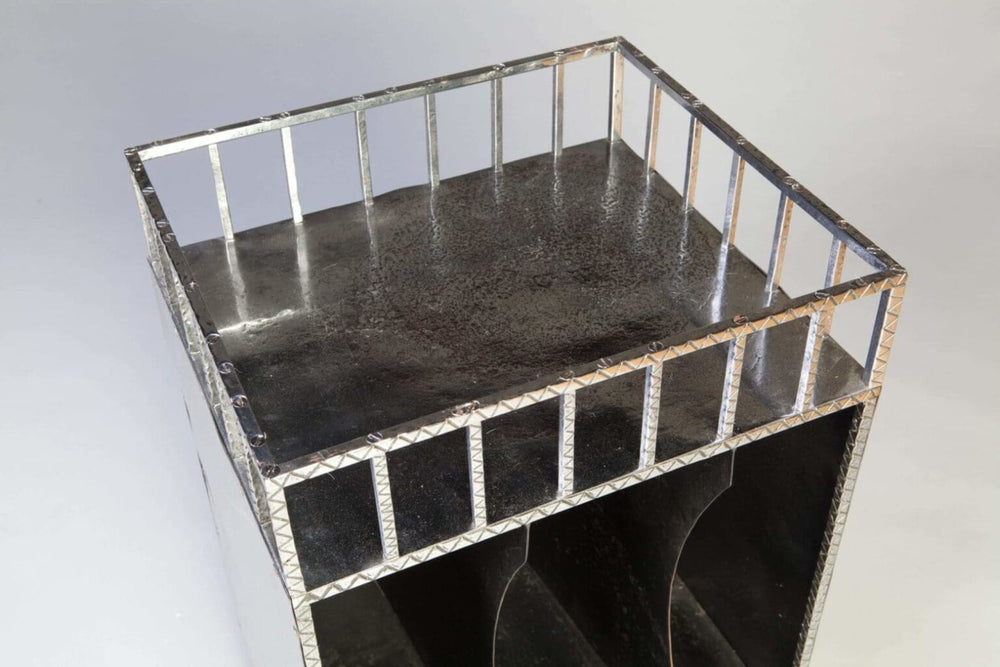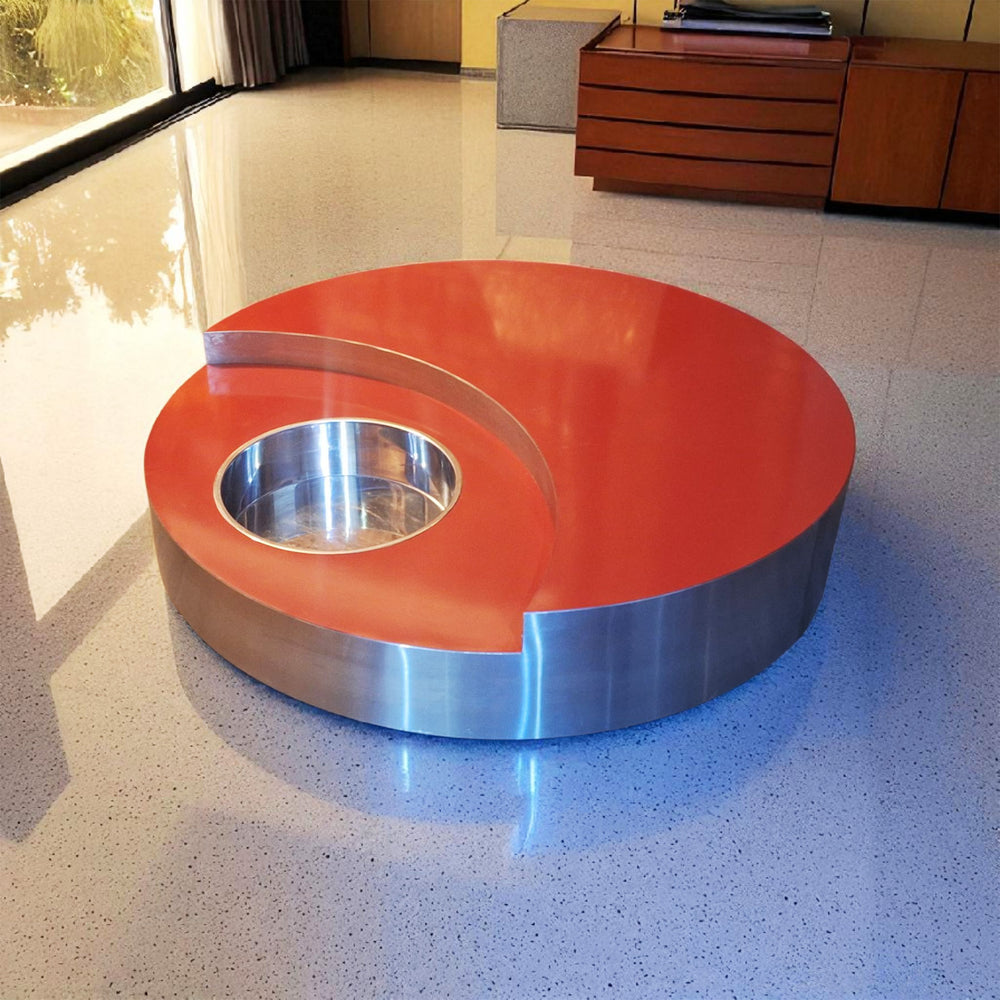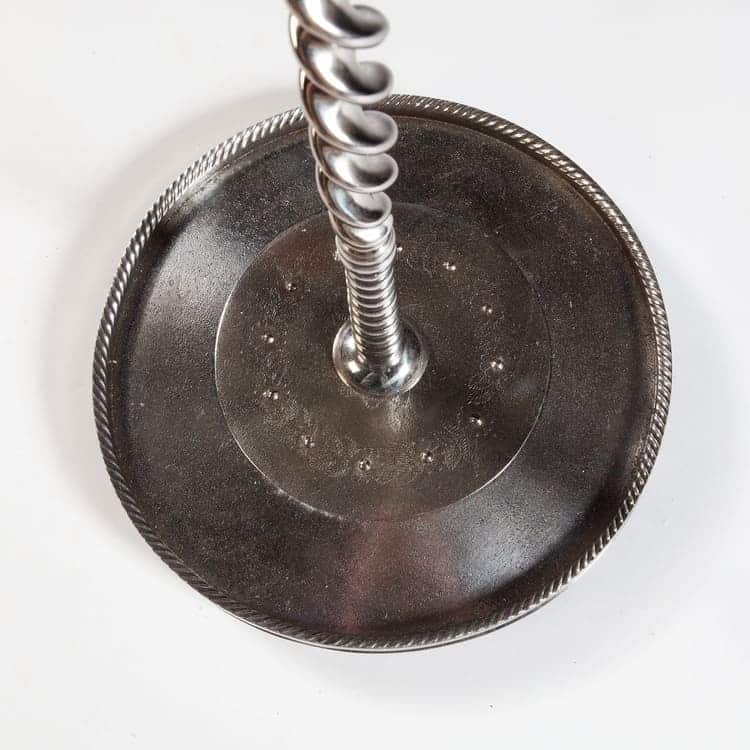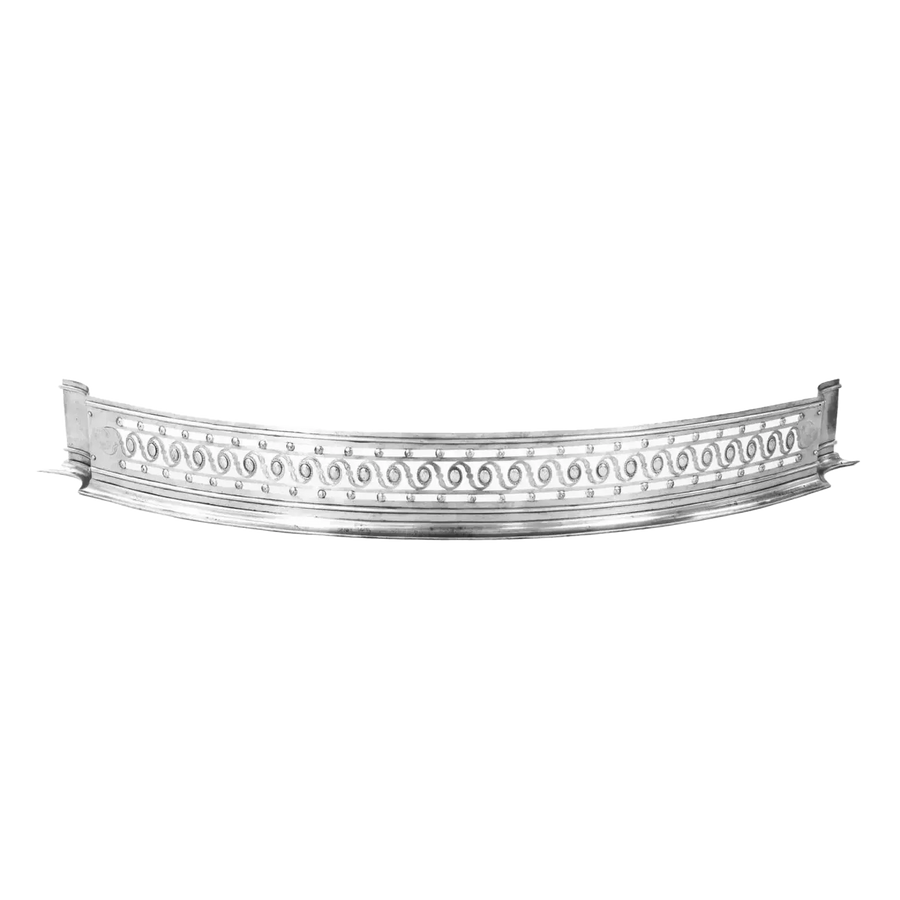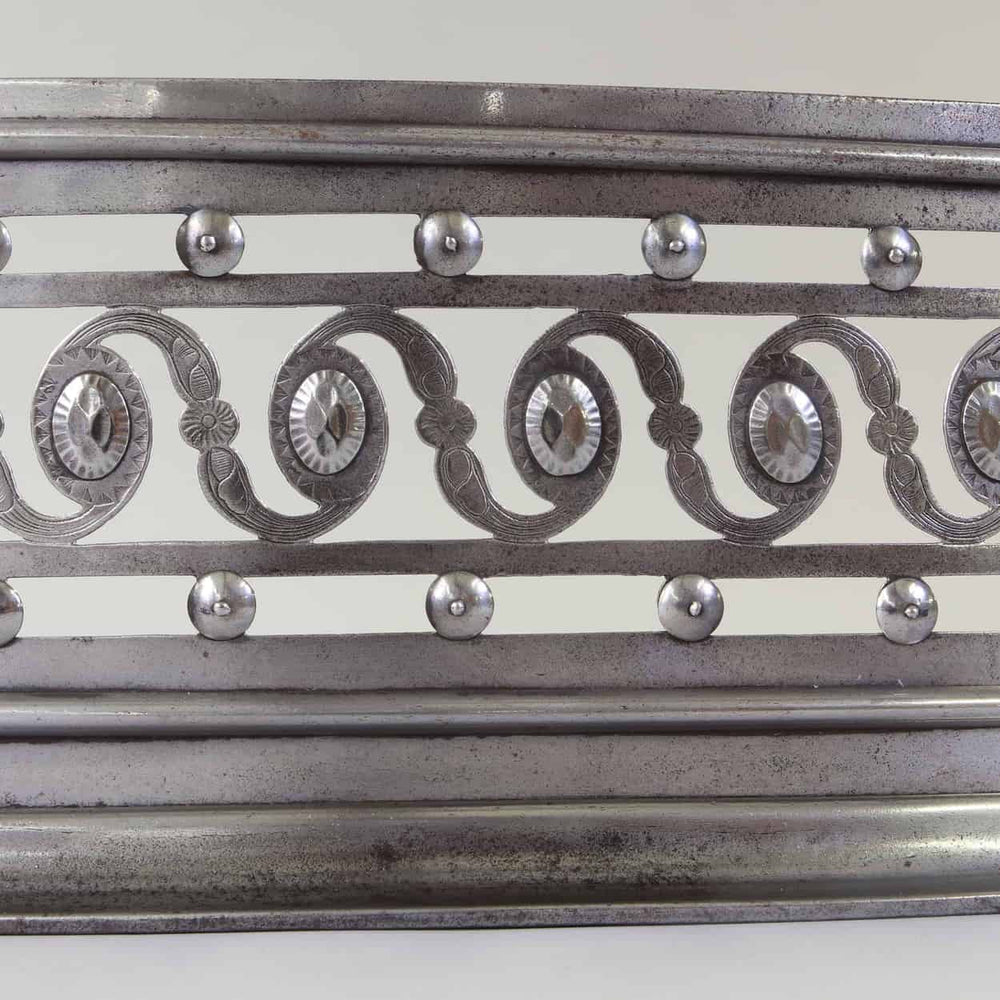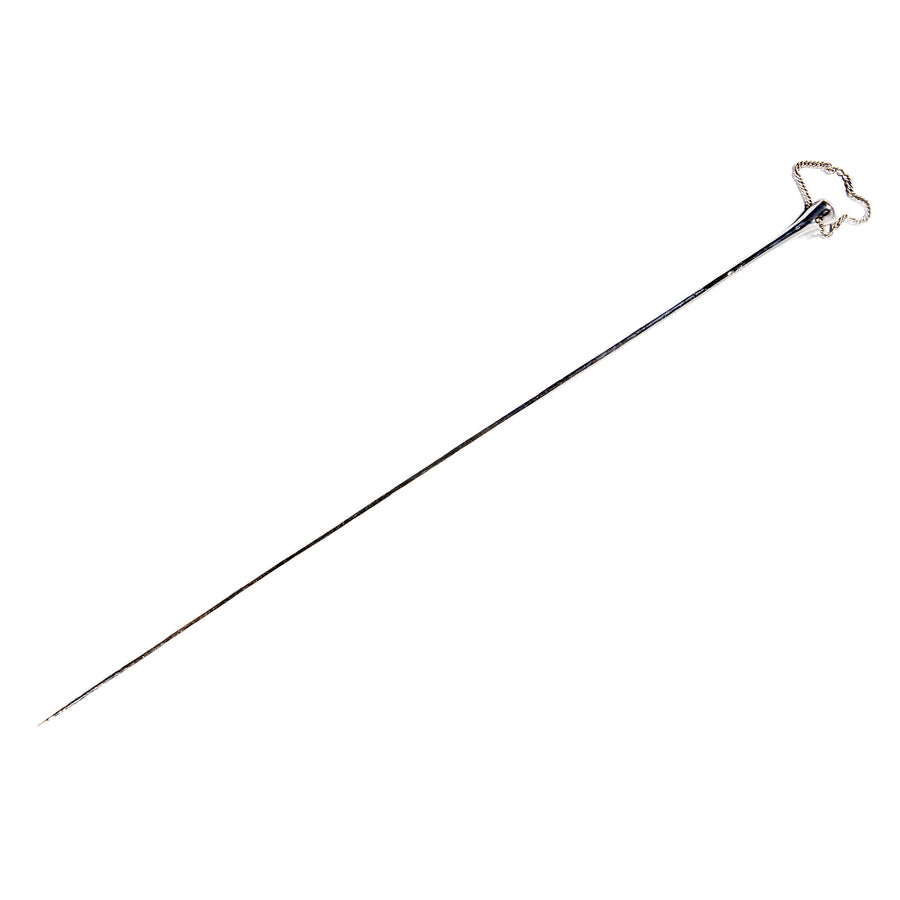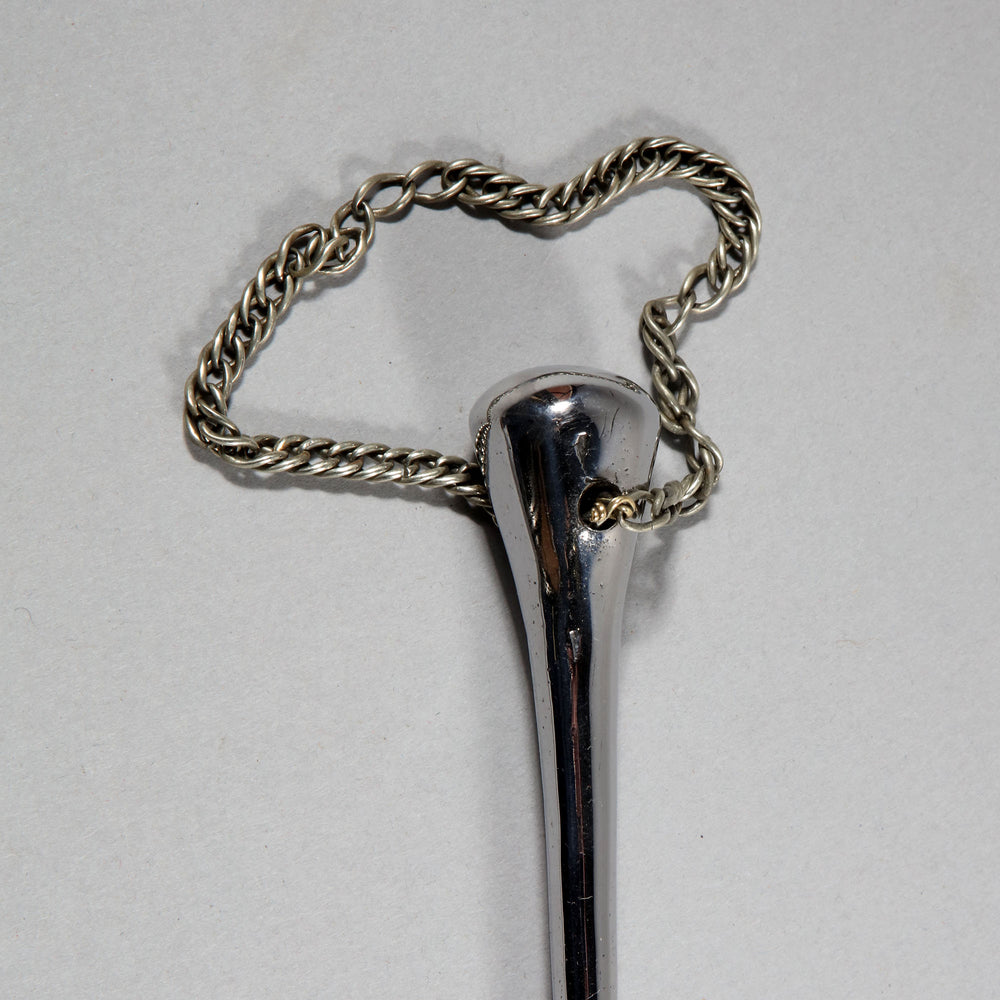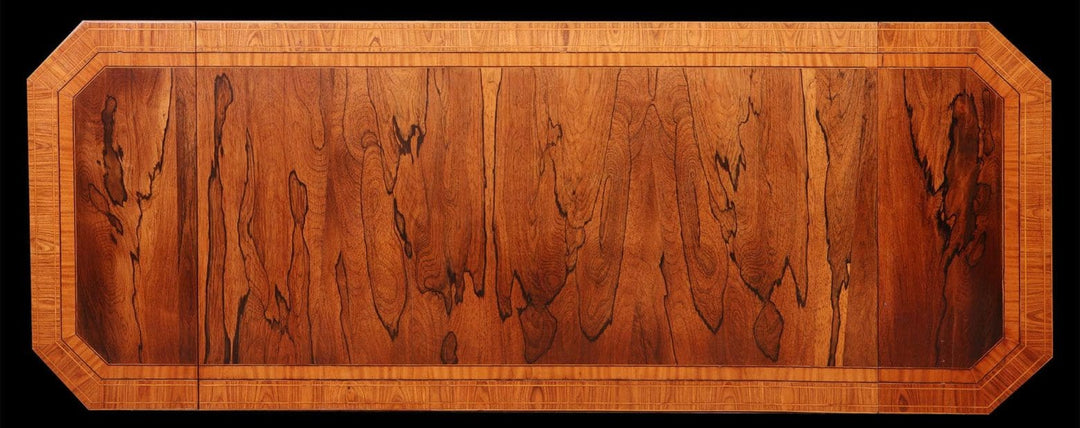Cut steel is a remarkable decorative technique that flourished in Europe during the 17th and 18th centuries, admired for its jewel-like brilliance and meticulous craftsmanship. Tiny faceted studs of steel were individually cut, polished, and riveted onto a metal base. When arranged in dense patterns, these studs created a diamond-like sparkle, offering a luxurious yet accessible alternative to precious gemstones.
The technique was used across a wide range of objects. Buttons, buckles, sword hilts, and chatelaines showcased cut steel’s shimmer, while in the Georgian and early Victorian periods, it became especially fashionable in jewellery—appearing in tiaras, brooches, and earrings. Beyond its aesthetic charm, cut steel had practical appeal, serving as a refined substitute during times when wearing real jewels was politically sensitive or financially impractical.
A particularly distinctive tradition developed in Tula, Russia, during the late 18th and early 19th centuries. Originally a centre for arms production, Tula’s workshops—patronised by Catherine the Great—elevated cut steel into an art form. Craftsmen combined it with gilded bronze and other fine materials to produce ornate snuffboxes, caskets, and furniture mounts. Tula cut steel remains instantly recognisable for its extraordinary polish, precision, and neoclassical elegance.
Today, antique cut steel objects, especially those from Tula, are highly collectible. They endure as testaments to a decorative art that fused technical mastery with dazzling beauty—captivating collectors and connoisseurs more than two centuries after their creation.
Cut steel is a remarkable decorative technique that flourished in Europe during the 17th and 18th centuries, admired for its jewel-like brilliance and meticulous craftsmanship. Tiny faceted studs of steel were individually cut, polished, and riveted onto a metal base. When arranged in dense patterns, these studs created a diamond-like sparkle, offering a luxurious yet accessible alternative to precious gemstones.
The technique was used across a wide range of objects. Buttons, buckles, sword hilts, and chatelaines showcased cut steel’s shimmer, while in the Georgian and early Victorian periods, it became especially fashionable in jewellery—appearing in tiaras, brooches, and earrings. Beyond its aesthetic charm, cut steel had practical appeal, serving as a refined substitute during times when wearing real jewels was politically sensitive or financially impractical.
A particularly distinctive tradition developed in Tula, Russia, during the late 18th and early 19th centuries. Originally a centre for arms production, Tula’s workshops—patronised by Catherine the Great—elevated cut steel into an art form. Craftsmen combined it with gilded bronze and other fine materials to produce ornate snuffboxes, caskets, and furniture mounts. Tula cut steel remains instantly recognisable for its extraordinary polish, precision, and neoclassical elegance.
Today, antique cut steel objects, especially those from Tula, are highly collectible. They endure as testaments to a decorative art that fused technical mastery with dazzling beauty—captivating collectors and connoisseurs more than two centuries after their creation.
Read More






